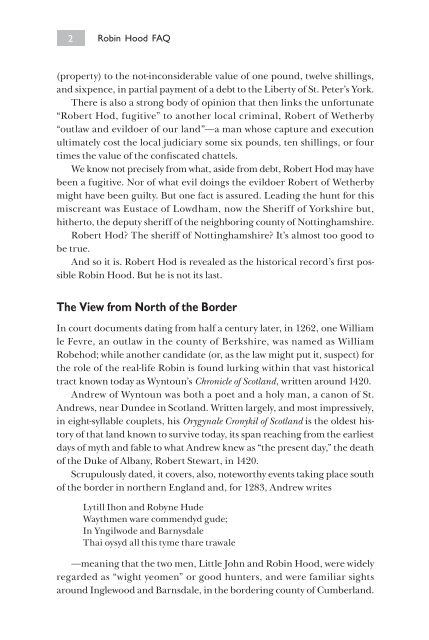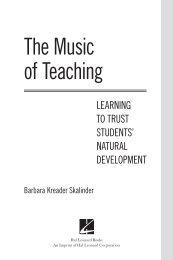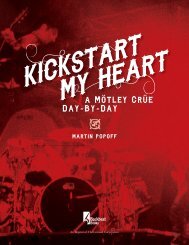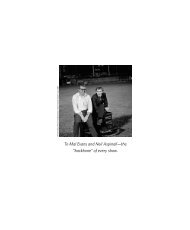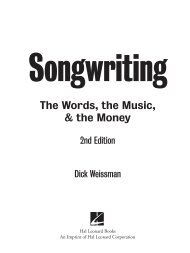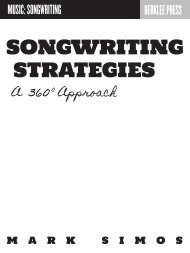Robin Hood FAQ Backwing Preview
- No tags were found...
Create successful ePaper yourself
Turn your PDF publications into a flip-book with our unique Google optimized e-Paper software.
2<br />
<strong>Robin</strong> <strong>Hood</strong> <strong>FAQ</strong><br />
(property) to the not-inconsiderable value of one pound, twelve shillings,<br />
and sixpence, in partial payment of a debt to the Liberty of St. Peter’s York.<br />
There is also a strong body of opinion that then links the unfortunate<br />
“Robert Hod, fugitive” to another local criminal, Robert of Wetherby<br />
“outlaw and evildoer of our land”—a man whose capture and execution<br />
ultimately cost the local judiciary some six pounds, ten shillings, or four<br />
times the value of the confiscated chattels.<br />
We know not precisely from what, aside from debt, Robert Hod may have<br />
been a fugitive. Nor of what evil doings the evildoer Robert of Wetherby<br />
might have been guilty. But one fact is assured. Leading the hunt for this<br />
miscreant was Eustace of Lowdham, now the Sheriff of Yorkshire but,<br />
hitherto, the deputy sheriff of the neighboring county of Nottinghamshire.<br />
Robert Hod? The sheriff of Nottinghamshire? It’s almost too good to<br />
be true.<br />
And so it is. Robert Hod is revealed as the historical record’s first possible<br />
<strong>Robin</strong> <strong>Hood</strong>. But he is not its last.<br />
The View from North of the Border<br />
In court documents dating from half a century later, in 1262, one William<br />
le Fevre, an outlaw in the county of Berkshire, was named as William<br />
Robehod; while another candidate (or, as the law might put it, suspect) for<br />
the role of the real-life <strong>Robin</strong> is found lurking within that vast historical<br />
tract known today as Wyntoun’s Chronicle of Scotland, written around 1420.<br />
Andrew of Wyntoun was both a poet and a holy man, a canon of St.<br />
Andrews, near Dundee in Scotland. Written largely, and most impressively,<br />
in eight-syllable couplets, his Orygynale Cronykil of Scotland is the oldest history<br />
of that land known to survive today, its span reaching from the earliest<br />
days of myth and fable to what Andrew knew as “the present day,” the death<br />
of the Duke of Albany, Robert Stewart, in 1420.<br />
Scrupulously dated, it covers, also, noteworthy events taking place south<br />
of the border in northern England and, for 1283, Andrew writes<br />
Lytill Ihon and Robyne Hude<br />
Waythmen ware commendyd gude;<br />
In Yngilwode and Barnysdale<br />
Thai oysyd all this tyme thare trawale<br />
—meaning that the two men, Little John and <strong>Robin</strong> <strong>Hood</strong>, were widely<br />
regarded as “wight yeomen” or good hunters, and were familiar sights<br />
around Inglewood and Barnsdale, in the bordering county of Cumberland.


